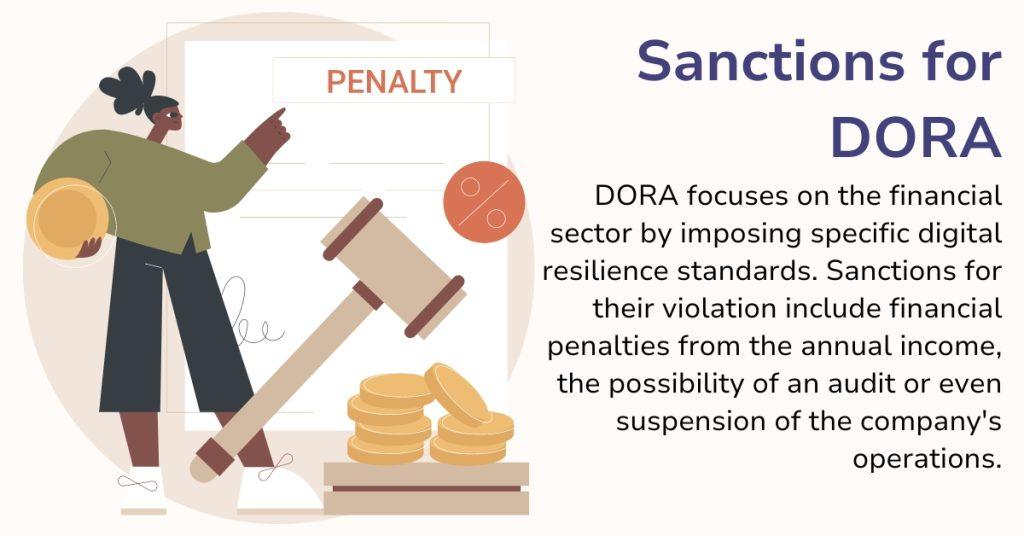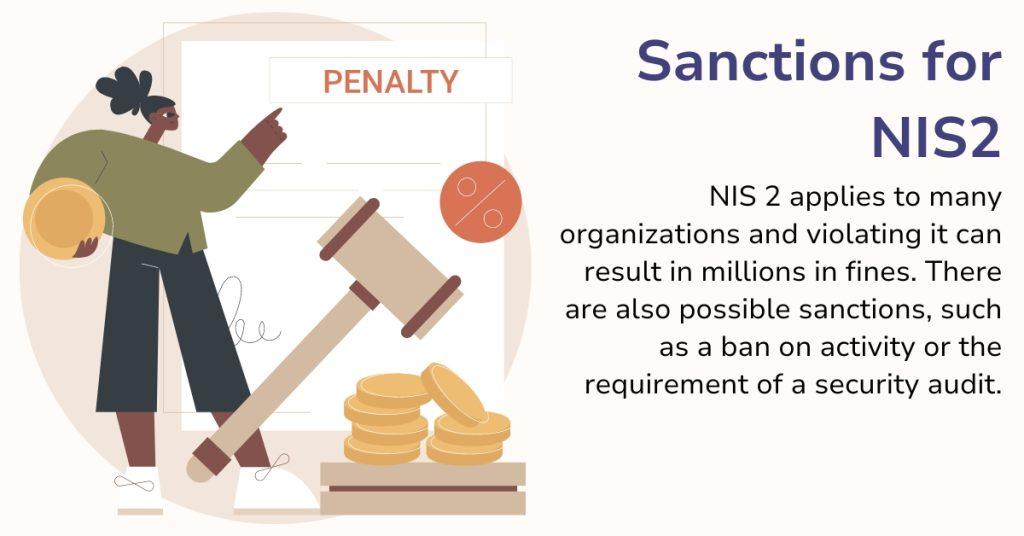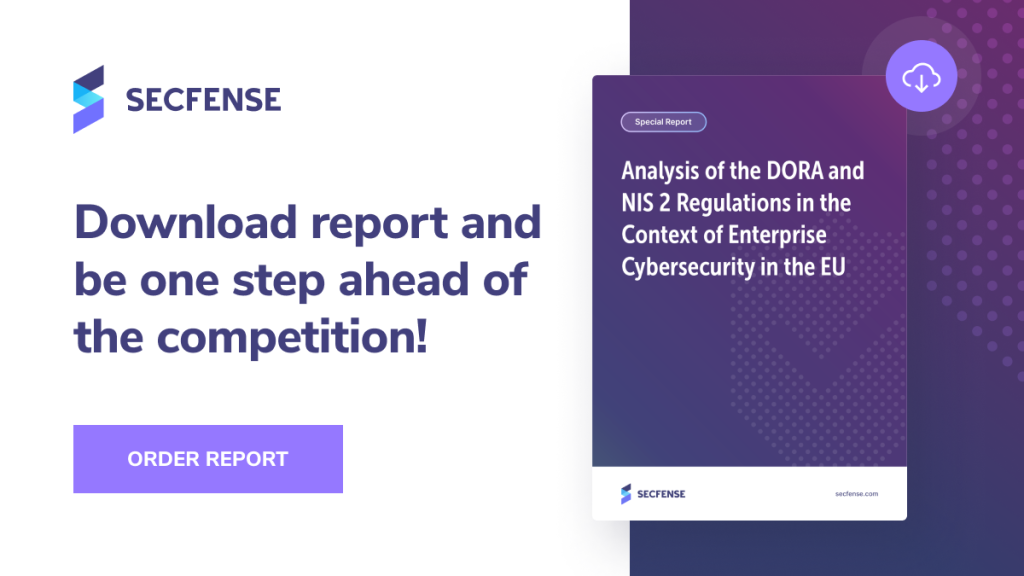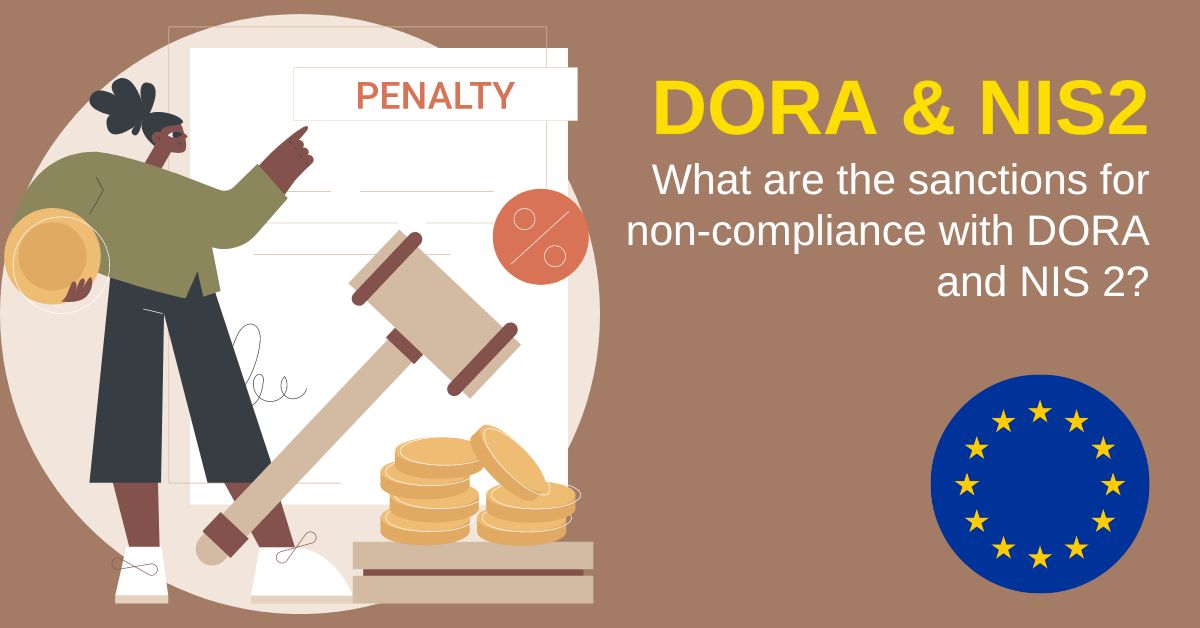Sanctions for DORA and NIS2
Understanding Sanctions for Non-Compliance with DORA and NIS2
In early 2023, two pivotal cybersecurity regulations—DORA (Financial Sector Operational Digital Resilience Regulation) and NIS2 (Directive on High Common Cybersecurity Standards)—went into effect, aiming to protect Europe’s critical digital infrastructure. These regulations raise cybersecurity standards across sectors, particularly within the financial industry, where compliance is mandatory.

Compliance Requirements and Penalties Under DORA
DORA primarily targets the financial sector, requiring compliance with strict digital resilience standards. Non-compliance with DORA can result in severe penalties, including substantial fines calculated as a percentage of a company’s annual revenue. In serious cases, regulators may order audits, enforce operational changes, or even suspend a company’s activities to ensure cybersecurity standards are met.

Sanctions for Violations of NIS2
NIS2 has broader applicability, covering entities across multiple sectors critical to the economy and society. Non-compliance with NIS2 can lead to high fines, potentially amounting to millions of euros for significant infractions. Additional sanctions, such as operational bans or enforced security audits, may be imposed on non-compliant entities to prevent further cybersecurity risks.

Role of Strong Authentication in Meeting DORA and NIS2 Requirements
Strong authentication is a critical factor in digital resilience and cybersecurity under both DORA and NIS2. Implementing robust, phishing-resistant MFA solutions, such as FIDO-based passkeys provided by Secfense, helps organizations comply without altering application code. This approach supports regulatory adherence by adding an effective security layer to protect sensitive systems and data.

Preparing for Compliance with DORA and NIS2
Failure to comply with DORA and NIS2 can bring significant risks, making it essential for organizations to invest in reliable security measures like strong authentication. Secfense enables organizations to integrate passwordless MFA solutions quickly, helping to secure applications against unauthorized access and meet compliance deadlines.
Access the Secfense Guide to DORA and NIS2 Compliance
Secfense will soon release a detailed DORA and NIS2 compliance guide, covering key topics such as:
- Entities subject to DORA and NIS2.
- Responsibilities for DORA and NIS2 implementation.
- Compliance risks and potential penalties.
- Requirements for strong, passwordless authentication.
Our guide provides expert insights on authentication requirements under DORA and NIS2, including answers to questions like:
- Is strong authentication mandatory?
- Does DORA require asymmetric cryptography?
- Are all IT providers subject to third-party requirements under DORA?
To access this guide, subscribe to our newsletter for updates and follow us on LinkedIn, Facebook, and Twitter.

Stay Compliant and Secure: Schedule a call with a Secfense expert to discuss compliance solutions, and watch our webinar on adopting strong, passwordless authentication under DORA and NIS2.
